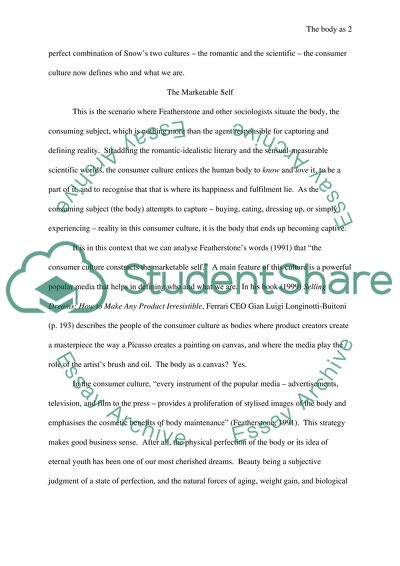Cite this document
(Rise of Consumer Culture Essay Example | Topics and Well Written Essays - 3250 words, n.d.)
Rise of Consumer Culture Essay Example | Topics and Well Written Essays - 3250 words. https://studentshare.org/marketing/1512247-rise-of-consumer-culture
Rise of Consumer Culture Essay Example | Topics and Well Written Essays - 3250 words. https://studentshare.org/marketing/1512247-rise-of-consumer-culture
(Rise of Consumer Culture Essay Example | Topics and Well Written Essays - 3250 Words)
Rise of Consumer Culture Essay Example | Topics and Well Written Essays - 3250 Words. https://studentshare.org/marketing/1512247-rise-of-consumer-culture.
Rise of Consumer Culture Essay Example | Topics and Well Written Essays - 3250 Words. https://studentshare.org/marketing/1512247-rise-of-consumer-culture.
“Rise of Consumer Culture Essay Example | Topics and Well Written Essays - 3250 Words”. https://studentshare.org/marketing/1512247-rise-of-consumer-culture.


